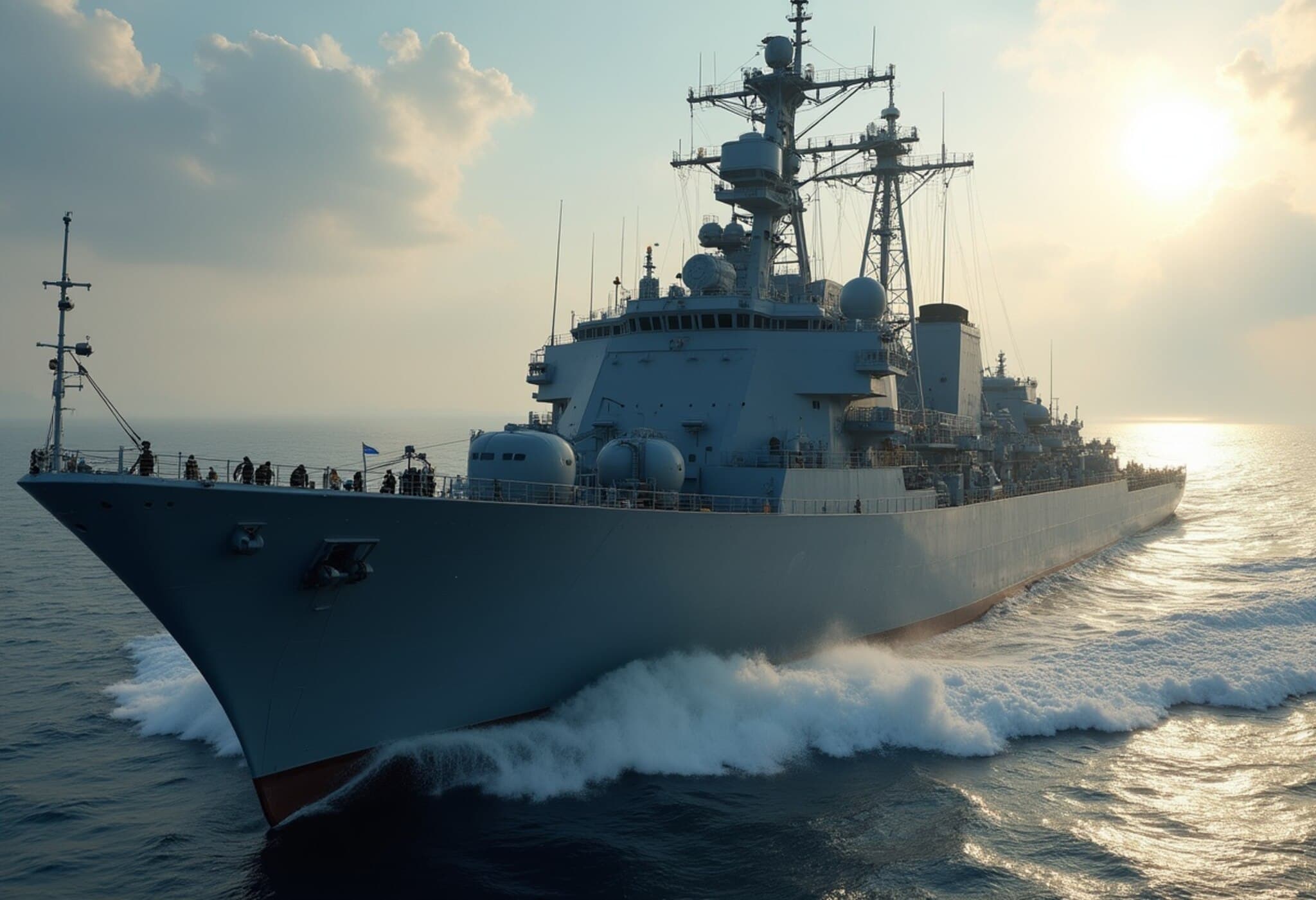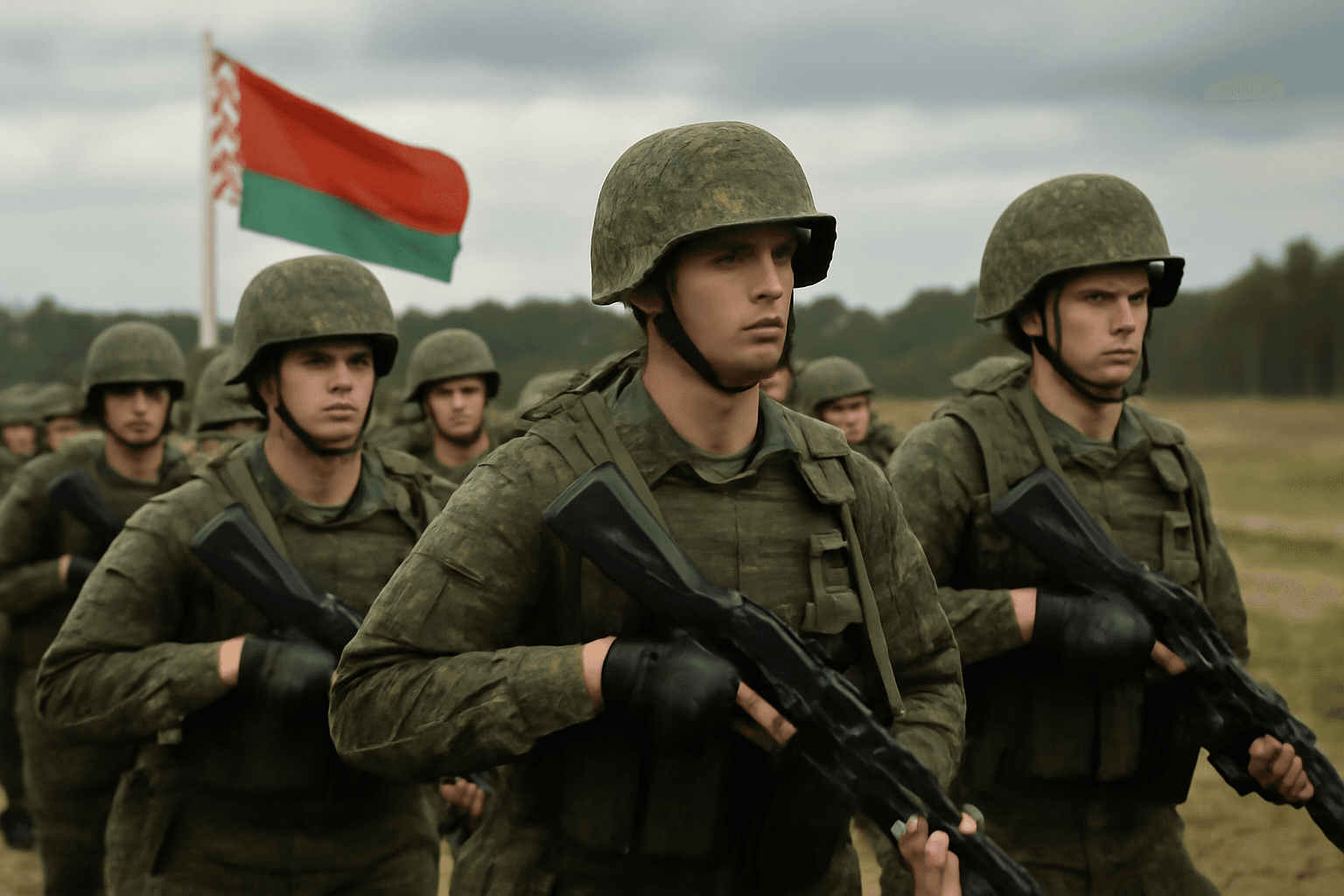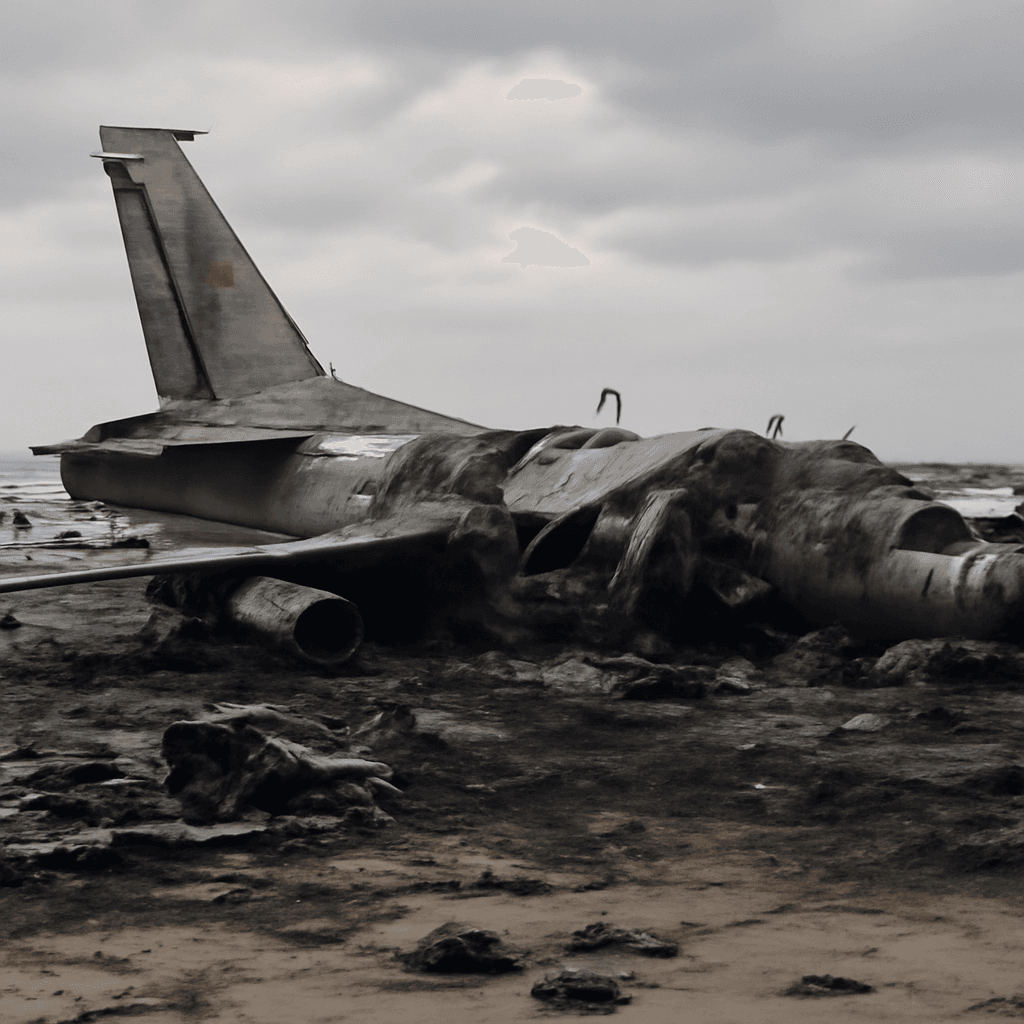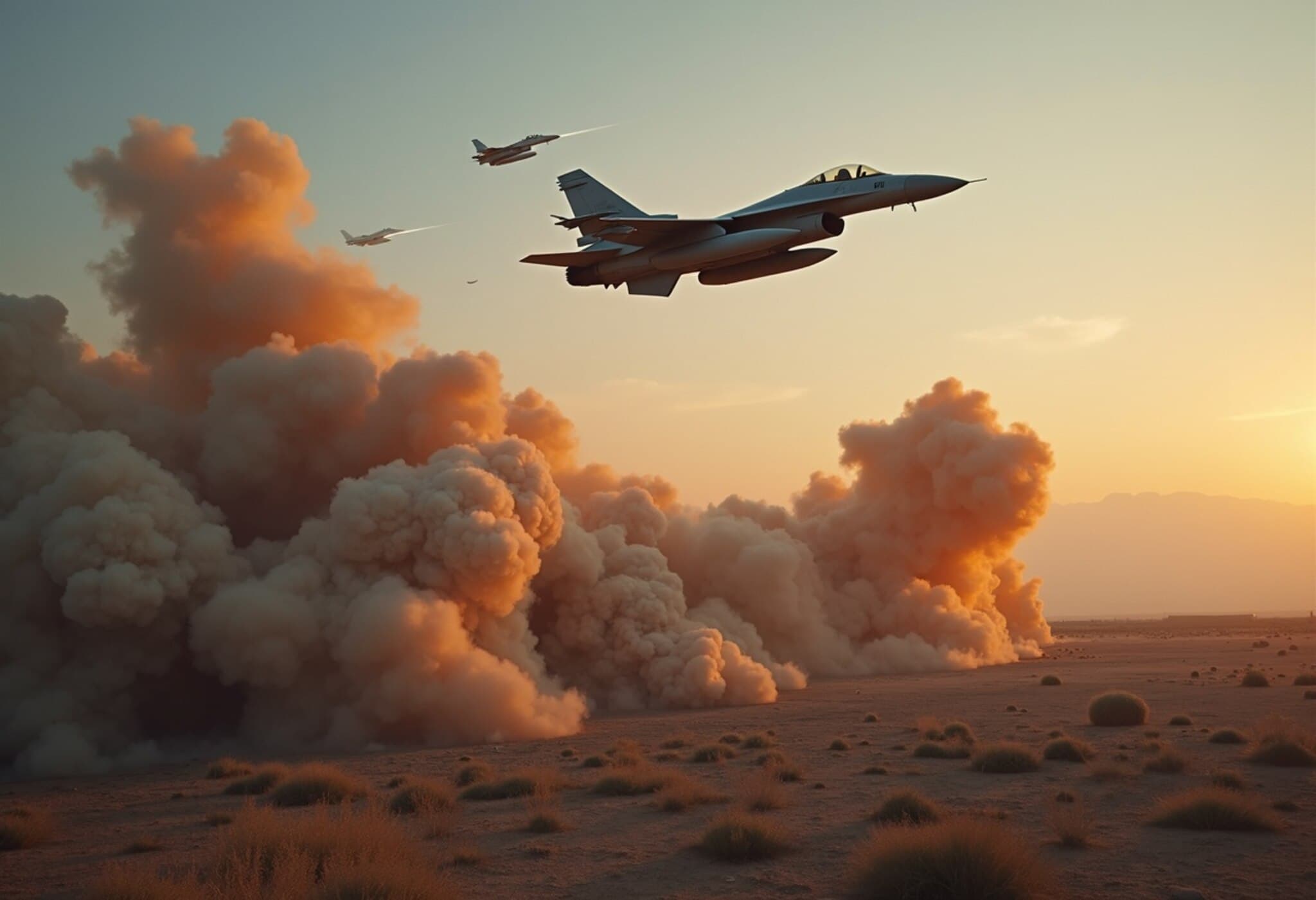Russia Commences Massive Naval Exercises Across Multiple Seas
On July 23, 2025, Russia launched an extensive naval exercise dubbed "July Storm," mobilizing over 150 warships and 15,000 military personnel operating in concert across four key maritime regions: the Pacific and Arctic Oceans, as well as the Baltic and Caspian Seas. The scale and scope of these drills underline Moscow’s strategic intent to boost maritime readiness amid heightened global tensions.
Objectives: Testing Unconventional Warfare and Advanced Technologies
The Russian Defense Ministry emphasized that the exercises aim to sharpen the Navy’s capability in conducting unconventional operations, including the deployment of long-range precision weaponry and cutting-edge systems such as unmanned naval vehicles and drones. According to official statements, crews are practicing combat deployments, anti-submarine warfare measures, and safeguarding vital economic zones.
- Countering air and missile threats
- Defending against unmanned attack boats and enemy drones
- Ensuring safe navigation in contested waters
- Engaging simulated enemy naval groups and targets
Additionally, the exercises employ more than 120 aircraft and 10 coastal missile complexes, orchestrated under the leadership of Navy Chief Admiral Alexander Moiseev.
Strategic Context: A Navy Under Strain Amid Ukraine Conflict
Despite holding the position of the world’s third most formidable naval force after the United States and China, Russia’s navy has suffered operational strains and asset losses due to its ongoing military engagement in Ukraine. The magnitude of "July Storm" signals an effort not only to showcase maritime strength but to revitalize naval preparedness amid these pressures.
Parallel Ground Developments in Ukraine
Concurrently, Russian ground forces have reportedly achieved notable advances in Ukraine, seizing a major logistical hub after protracted combat in the Donetsk region. This strategic gain highlights increased operational momentum following a challenging year on the front lines.
Ukrainian monitoring groups and frontline units indicate that Russian troops exploited vulnerabilities in infantry positioning and situational reporting to penetrate defenses around the city of Pokrovsk. While the situation remains fluid, the incursion echoes the critical fall of Avdiivka in 2024, a setback that preceded the reduction of U.S. military aid affecting Ukrainian air defenses.
Implications for Regional Security and International Response
Russia’s simultaneous emphasis on large-scale naval exercises and incremental territorial gains in Ukraine illustrates a multifaceted approach to asserting its influence and military readiness. For Western observers and NATO allies, these developments raise pressing questions about maritime security in sensitive waterways like the Baltic Sea, where many member states maintain vital interests.
Moreover, the integration of unmanned systems in naval drills signals an evolution in Russian military doctrine, presenting new challenges for defense strategists monitoring emerging warfare technologies.
Expert Commentary
Military analyst Dr. Elena Morozova notes, "The July Storm exercises serve as both a demonstration of force and a testing ground for innovative naval tactics that could redefine engagement strategies in contested waters. The simultaneous timing with ground operations in Ukraine suggests Moscow is coordinating its military assets to maximize pressure across multiple fronts."
Meanwhile, U.S. defense policy experts advise increased vigilance and diplomatic engagement to mitigate risks of escalation triggered by such displays of military might.
Looking Ahead
As the drills proceed through the coming weeks, observers will be closely watching for signs of new tactical doctrines or operational shifts, especially relating to the use of autonomous vessels and long-range strike platforms. The delicate balance of power in Europe’s maritime domains hangs in the balance amid this naval buildup.
Key Takeaways
- ‘July Storm’ highlights Russia’s prioritization of naval power amid strategic pressures.
- The use of advanced unmanned systems marks a notable evolution in Russian naval capabilities.
- Concurrently, ground offensives in Ukraine amplify regional instability and test Ukrainian defenses.
- International actors face growing challenges in ensuring security and stability in contested maritime zones.
Editor’s Note
Russia’s dual focus on grand naval maneuvers and territorial gains on land underscores the complexity of modern warfare—where integrated, multi-domain operations are becoming the norm. For policymakers and analysts, a critical question remains: how will these developments influence maritime security in the Baltic and Caspian regions, and what measures can NATO and allies employ to effectively respond without escalating tensions? As technology reshapes naval combat, the importance of agile defense strategies and transparent diplomacy cannot be overstated.











